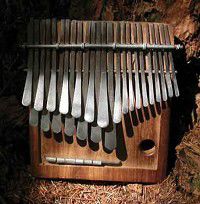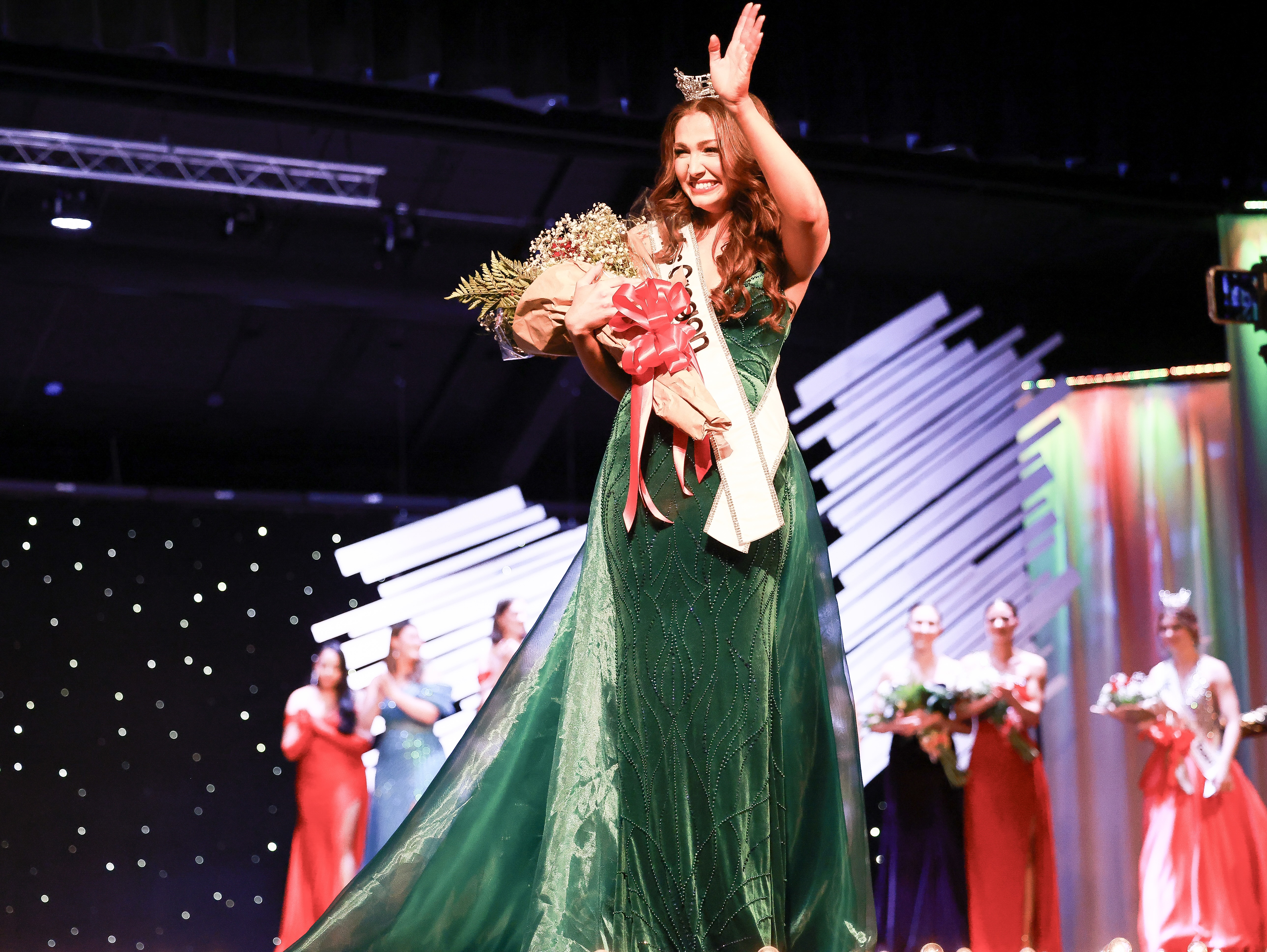Trio brings African thumb piano music to Astoria
Published 4:55 am Tuesday, October 21, 2008

- Mbira is not only a style of music but a musical instrument, also called a kalimba or thumb piano. Submitted photo
Mbira, the sacred healing music of the Shona people of south-central Africa, comes to Astoria in a series of three performances in distinctly different settings. Mbira is the name of the instrument, and instruments of this type are found in many parts of Africa in many shapes and sizes. They are sometimes referred to as “kalimbas” or “thumb pianos.” The group coming to Astoria plays the mbira dzavadzimu, “the voice of the ancestors,” the instrument and the ancient songs used in the spirit possession ceremonies of the “old religion” of the Shona. Mbira songs are thought to be as much as a thousand years old.
The first performance will be from 8 to 10 p.m. Friday, Oct. 24, at Yoga Namaste, 342 10th St., Third Floor. Admission is by an $8 charitable donation. The studio is not handicap accessible and organizers report there will be no chairs, so attendees are welcome to bring a pillow.
The second performance is from 11 a.m. to noon Saturday, Oct. 25, at Clatsop Community College Performing Arts Center, 588 16th St., during Troll Radio Revue, broadcast live on KMUN 91.9 FM. Admission is $2 for adults and free for children.
The final performance is from 8 to 10 p.m. Saturday, Oct. 25, at Astoria Coffeehouse, 243 11th St. There is no cover charge.
Local string band musician and contra dance caller Joseph Stevenson first heard the traditional music of mbira in a chance encounter in a tavern in Port Townsend, Wash., on a Sunday afternoon in the winter of 1977. “I’d never before had music say to me something like ‘There’s no hurry, everything goes around and around forever, time means nothing…'” He carried around that memory for 25 years before he found an instrument and a teacher in 2003. After buying an instrument and taking a lesson from Zimbabwean mbira maker Fraderick Mujuru, he went on to study with American mbira master Erica Kundizora Azim. At one of these early workshops he met April Lewis and Steve Berman, who were also in their first year of mbira studies, and the three have stayed in touch ever since, despite the fact that Berman and Lewis live in Ashland.
As a young man, Berman abandoned academic studies as a Fulbright scholar in Japan to commit to a career in music, playing guitar as well as many other instruments, including the lute, the oud and the viola de gamba. He has played and recorded everything from Western classical and “early” music to the songs of Latin America and Eastern Europe. One of his specialties is singing (in Spanish) the songs of the Sephardic Jews who migrated to Turkey from Spain in the 15th century. “Who knew there were Spanish-speaking Jews in Turkey?” he said. Recent recordings include trio arrangements of classical guitar pieces and an album of Brazilian choros. Like Stevenson, he first heard mbira sometime in the 1970s, but didn’t connect with an instrument and a teacher until 2003. When asked what appeals to him about mbira he said, “I was entranced the first time I heard it – it calls to my soul somehow.”
Lewis played harpsichord, string bass and recorder for the Oregon Shakespeare Festival in Ashland for three years before becoming a library media specialist and administrator and teaching music on the side. She first heard mbira played by a friend from New Mexico who only knew one or two songs, but “I knew this was something I had to do. It’s very healing for me, and touches a very deep place inside.”
According to Stevenson, his own approach to mbira is more deliberate and meditative than the frenetic mood of a spirit possession ceremony, but he finds enormous depth and complexity in the music when it is played in a quiet environment and a leisurely pace. “I was first attracted to this music for its deceptive simplicity and cyclical timelessness. The deeper I dug in, the more complexity I discovered – it’s undoubtedly the most complicated music I have ever tried to play, especially in the polyrhythms, two different time signatures going at the same time and fitting together in an amazing way, using only three digits!”
An mbira (em-bee-rah) consists of a hardwood board to which are firmly attached a number of metal prongs or keys of different lengths and thickness, making the different notes when plucked with the two thumbs and the right forefinger. For amplification, the instrument is commonly wedged with a stick into a large gourd called a deze, making the sound both louder and more percussive. A sound more like a chime or music box can be obtained playing without the deze.
For these performances, the group will play acoustically in the relaxed environment of the Yoga Namaste studio, using the dezes. For Troll Radio Revue and Saturday night at Astoria Coffeehouse, the performers will further amplify the instruments and demonstrate both sounds, in and out of the deze. Stevenson is especially excited about the yoga studio. “I’ve never played in a space where people can stretch out and space out to the music, dance or stand on their heads if they want. The owner has donated the space and asked that all proceeds go to charity, so we are going to raise money for some community-building projects in Zimbabwe, a country in crisis. This is where this music comes from, and it feels good to give something back.”






